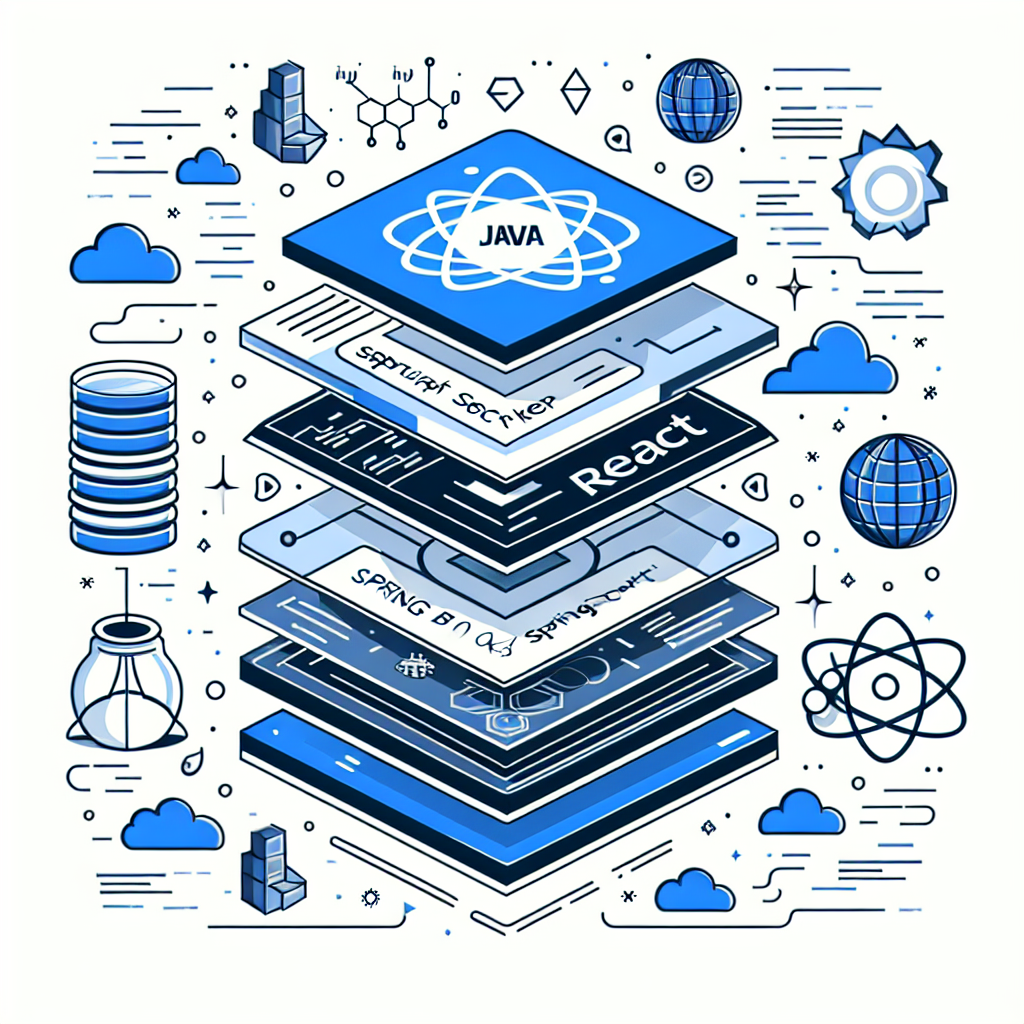Full-stack development has gained popularity in recent years as companies seek to streamline their development processes by having developers work on both the front-end and back-end of an application. In this article series, we will explore how to develop a full-stack application using Java, React, and Spring Boot.
In Part 1, we will focus on the back-end development using Java and Spring Boot. Spring Boot is a popular framework for building Java-based web applications as it provides a wide range of features and integrations that make development easier and faster.
To get started, you will need to have Java installed on your computer. You can download and install Java from the official Oracle website. Once Java is installed, you can proceed to create a new Spring Boot project using the Spring Initializr. The Spring Initializr is a web-based tool that generates a new Spring Boot project with the necessary dependencies and configurations.
When creating a new project, you will need to select the necessary dependencies for your back-end application. For this project, we will select the following dependencies: Spring Web, Spring Data JPA, and H2 Database. Spring Web will provide the necessary components for building a web application, Spring Data JPA will allow us to interact with a database, and H2 Database will be used as the in-memory database for this project.
Once the project is generated, you can import it into your favorite IDE or text editor. In the project structure, you will find a main application class that serves as the entry point for the Spring Boot application. You can run the application by running the main class or using the Maven or Gradle plugins to build and run the application.
Next, you can start building the back-end of the application by creating controllers, services, and repositories. Controllers are responsible for handling HTTP requests and returning responses, services contain the business logic of the application, and repositories interact with the database.
In the next article, we will dive into building the front-end of the application using React. React is a popular JavaScript library for building user interfaces and can be seamlessly integrated with a Spring Boot back-end using RESTful APIs.
In conclusion, full-stack development with Java, React, and Spring Boot offers a comprehensive and efficient way to build modern web applications. By leveraging the strengths of each technology, developers can create powerful and scalable applications that meet the needs of today’s digital world. Stay tuned for Part 2 where we will explore front-end development with React.

